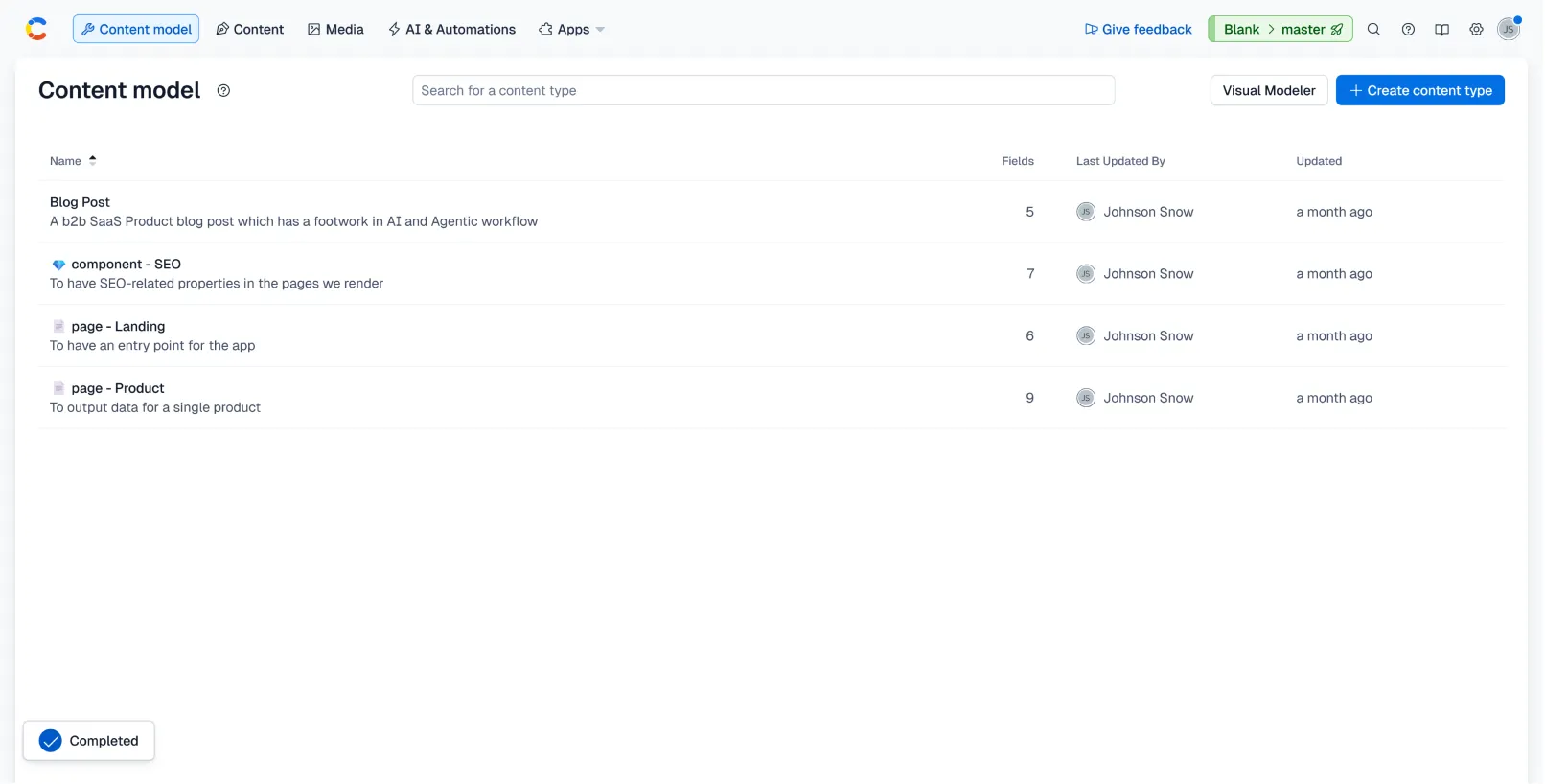
Headless CMS scales and improves WPWhiteBoard’s content distribution, flexibility, and personalization
Adeeb Malik
A headless CMS is like having a content powerhouse that works behind the scenes. Unlike traditional systems like WordPress, where content and design are glued together, a headless CMS separates the backend from the frontend.
This means you can push your content anywhere—websites, apps, smartwatches, even AR/VR experiences—without rebuilding everything from scratch.
I believe making a choice between Sanity and Contentful isn’t about finding the “best” CMS—it’s about finding the right fit for your team’s DNA.
Let’s say you’re a startup with a lean dev squad: Sanity’s self-hosting and code-first approach lets you build custom workflows without breaking the bank. But if you’re a global brand managing 20 regional websites? Contentful’s AI-driven workflows and enterprise-grade structure keep chaos at bay.

The stakes are high. Pick wrong, and you’ll waste months (and money) migrating later. For example, a marketing-heavy team choosing Sanity might drown in GROQ’s complexity. Whereas, a tech startup picking Contentful could hit paywalls as their traffic grows.

Your CMS is the backbone of your digital strategy. It shapes how fast you innovate, how easily you scale, and how well your team collaborates. The right choice? It depends on who’s driving your content bus—and where you’re headed.
The hosting approach, content modeling philosophy, and collaboration features represent critical differentiators that can make or break your implementation. Let’s break down our two headless CMS heavyweights.
Sanity is the developer’s playground. Its open-source Studio lets you customize workflows, while GROQ (its supercharged query language) slices through data like a hot knife through butter. Perfect for teams craving control, like startups or tech-first agencies.
Contentful is polished, packed with AI tools, and designed for global brands. Imagine managing a dozen regional websites from one dashboard, with built-in workflows to keep everyone on-brand. Ideal for enterprises juggling complex projects.

When I evaluate a CMS, I look at how easily it can adapt to my team’s unique needs and not the other way around.
Sanity stands out here because its open-source Studio isn’t just a tool—it’s a foundation. Built on React, the Studio lets developers reconstruct the entire content interface. For instance, if I need a custom dashboard to track content performance or a specialized input field for 3D product previews, I can build it directly into the CMS.
So what’s missing? Sanity’s flexibility comes at a cost: teams must build common features (like blog templates) from scratch. Meanwhile, Contentful’s marketplace lacks depth for highly specialized use cases, forcing enterprises to rely on custom development anyway.
A CMS doesn’t exist in a vacuum—it needs to play nicely with your existing tools.
Sanity focuses on modern development stacks:
Contentful casts a wider net. Its SDKs cover:
The way your team manages content—whether crafting blog posts, localizing product descriptions, or coordinating global campaigns—can make or break your digital strategy.
For example, a "product feature" block can appear on your website, mobile app, and email campaigns without duplication. Developers love this flexibility, but content editors might find it less intuitive until they grasp the modular approach.
This simplicity speeds up onboarding for non-technical teams, but it risks locking content into rigid structures. For instance, repurposing a blog post for a mobile app might require manual adjustments.
Sanity offers field-level localization, letting you translate individual components (e.g., a headline or button text) without duplicating entire pages. This granularity is ideal for brands that might need to tweak product descriptions regionally while keeping imagery consistent.
Contentful uses locale management, bundling all translations for a page or entry into a single interface. It’s efficient for global teams managing 20+ languages, but overkill for minor regional tweaks.
Sanity excels in real-time collaboration and versioning. Imagine multiple editors refining a product launch page simultaneously, with changes syncing instantly—no “content freeze” periods. Version history lets you roll back to any draft, a lifesaver for fast-moving teams.
Contentful prioritizes structured workflows. Use its approval chains to route drafts from writers → editors → legal teams → publishers. Scheduled publishing ensures time-sensitive campaigns (like holiday sales) go live precisely at midnight. However, real-time co-editing isn’t supported, which can bottleneck urgent updates.
When it comes to performance, I recommend that everyone focus on two main criteria: speed and reliability.
Contentful relies on CDN-backed delivery via Fastly and CloudFront, which caches content globally. This ensures sub-100ms response times even during traffic spikes, perfect for e-commerce sites serving millions of users worldwide. However, cached content updates can lag by minutes, which might frustrate teams needing instant publishing.
Contentful’s tiered pricing starts simple but escalates sharply. For example, scaling from 1M to 10M API calls/month can push costs from $300 to over $15,000/month. Enterprises often face sticker shock when adding locales or user seats, which are billed separately.
Contentful checks every enterprise box:
Contentful runs on AWS, leveraging its battle-tested infrastructure. Think of it as a fortress—secure, but rigid. Features like static IPs for webhooks are locked behind enterprise plans.
Over the years, I’ve seen teams get burned by underestimating the true cost of CMS ownership. Here’s how Sanity and Contentful stack up—and where hidden fees might ambush your budget.


Plan | Sanity | Contentful |
|---|---|---|
Free Tier | 20 users, real-time collab, public datasets | 5 users, 1M API calls, 1 space |
Mid-Tier | $15/user (Growth) | $300/month (Basic) |
Enterprise | ~$80k/year (custom) | ~$81k/year (average) |
Overages | API: $0.50/1k calls | API: 5/1Mcalls,CDN:65/TB |
Critical Add-Ons | SSO: $1,399/month | Studio: Custom pricing |
Contentful suits teams valuing predictability. You’re paying for turnkey scalability, but premium features add up fast.
Sanity rewards technical teams who can self-manage. Just don’t overlook those add-ons; they’ll nickel-and-dime you.
Need Help Budgeting?
After spending years working with both platforms—and hearing from countless teams about their wins and struggles—I can confidently say there’s no universal "best" CMS. The right choice depends entirely on how your team operates and what you’re trying to build.
